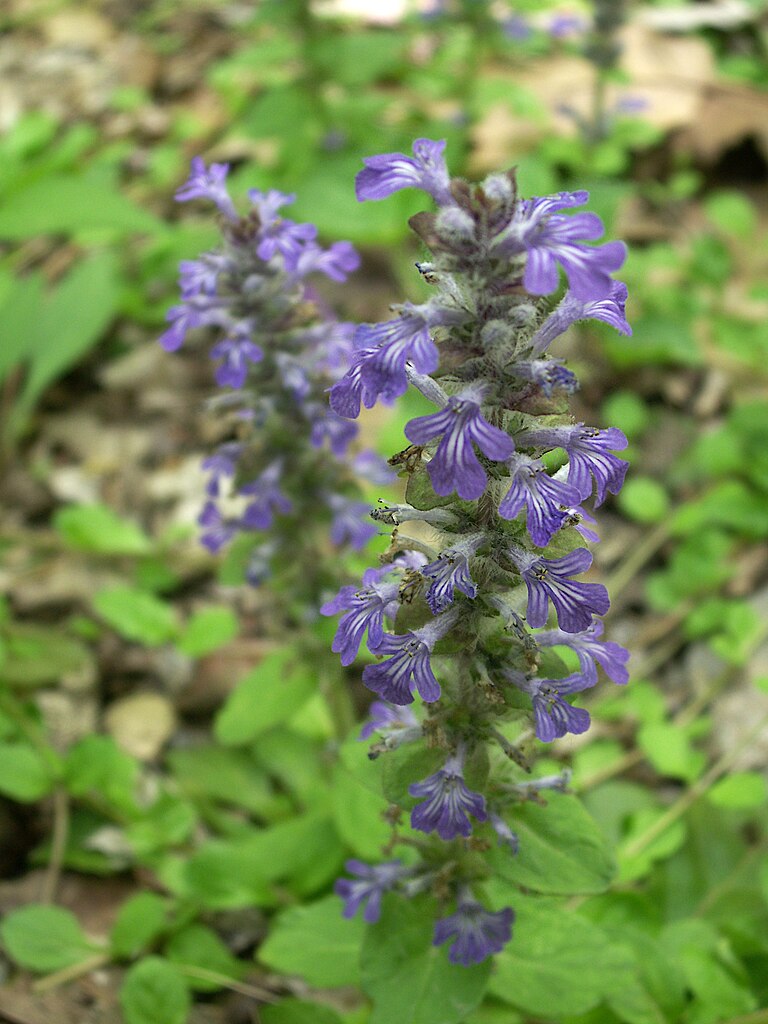
A popular garden groundcover frequently found in the wild around Pittsburgh. The forms around here usually have a white blotch in the middle of each leaf, which makes identification easy.

There are many common names for this plant; Purple Dragon is another, and the flowers do look like little dragon heads if you have the kind of imagination that sees dragon heads in little purple flowers.

For Gray’s description of the species, see the Lamium maculatum reference page.










